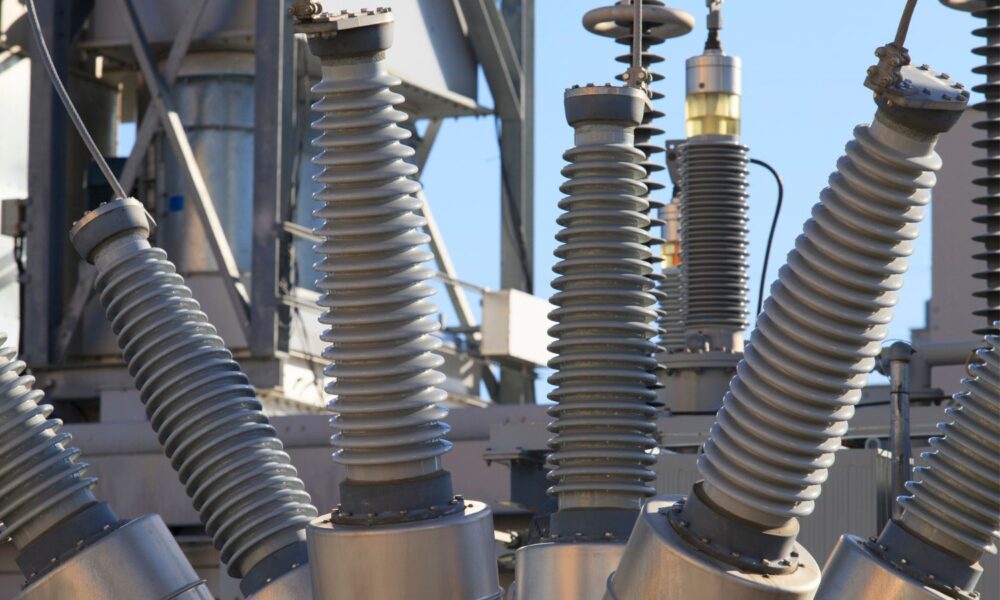Massachusetts is laser focused on passing new legislation to streamline the building of new energy infrastructure to clean the electric grid and electrify buildings and transportation. While being able to build fast is a key component of a clean energy transition, the slow speed is not the only major failure of Massachusetts’ current siting process. Appropriate attention to the needs of communities, and particularly to those who have been most heavily burdened by energy infrastructure and pollution, has been sorely lacking. And on that score, the legislature’s latest push leaves a lot to be desired.
The problem
A recent analysis from the Union of Concerned Scientists and community partners and allies GreenRoots, Conservation Law Foundation, and Alternatives for Community & Environment shows that, to date, infrastructure siting has put a disproportionate burden on environmental justice (EJ) communities where people of color, low-income people, and limited-English proficient speakers live across the state. While close to 50% of Massachusetts’s neighborhoods (2,604 of 4,985 census block groups) classify as EJ neighborhoods, more than 80% of existing polluting electricity generating units—with their associated health risks—are located in or within one mile of an EJ neighborhood.

Our analysis also found that existing substations are heavily concentrated in and near EJ neighborhoods. Of the 419 substations, almost 70% are located within or within one mile of an EJ neighborhood.

A key solution
A first step to alleviate this overconcentration of burdens in EJ neighborhoods is to ensure that new energy infrastructure won’t exacerbate cumulative impacts in these communities.
The consideration of cumulative impacts when making siting decisions means assessing and incorporating the historical burdens of pollution and other impacts borne by communities. A cumulative impact assessment builds a scientific foundation that better assesses the future impact of an action in the context of existing and future conditions and recognizes that “sources of environmental pollution are not evenly spaced and they do not operate in isolation.” EJ communities are both more likely to be overburdened with pollution (higher exposures) and together with more social and health stressors and burdens are more likely to suffer greater impacts from pollution (higher susceptibility).
As the state advances changes to its siting process, it is crucial to understand the current and potential social, economic and environmental impacts associated with each energy project to avoid or mitigate them. Foremost, communities that have suffered a disproportionate legacy burden from decades of energy and industrial infrastructure being sited in or near their neighborhoods should not have to endure additional negative impacts.
Urge you legislator to move from empty promises to meaningful action!
Unfortunately, the Massachusetts Senate has missed the mark in its just-passed climate and energy bill. The more than 90-page bill did not include a single meaningful mention of environmental justice populations, who the state must, by law, serve and protect. Just as shocking, the bill includes an empty definition of a cumulative impact assessment with a poison pill that would basically prevent the Energy Facilities Siting Board (EFSB), the independent entity that approves proposals for large energy projects, from assessing all of the impacts of other types of industrial development that a community has borne.
“Cumulative impact analysis”, a written report produced by the applicant assessing any existing inequitable environmental burden and related public health consequences impacting a specific geographical area in which a facility, large clean energy infrastructure facility or small clean energy infrastructure facility is proposed from any prior or current private, industrial, commercial, state or municipal operation or project that has damaged the environment; provided, however, that the analysis shall be limited to the types of exposures and risks that are attributable to the type of proposed project;
Excerpt from S.2838, the new Massachusetts climate and energy bill.
This is almost equivalent to saying that, if the new facility is in an overburdened community but the burden from the new facility is a new one, then it’s perfectly okay to keep on adding to the long list of stressors that the community already faces. This is not just unacceptable but a complete failure of responsibility deliberately ignoring the potential interactions between different health effects and different pollution exposures.
The responsibility now sits with the House as it must approve its version of the legislation before a conference committee can be formed to reconcile the two packages.
Please, if you care about your neighbor and want to ensure a Commonwealth where we all can thrive as we take meaningful climate action, call your legislator and demand a robust definition for how the state must conduct a real assessment of cumulative impacts including an acknowledgement of interactions. We can all help to right this wrong, but only if we recognize first what needs to be fixed.

